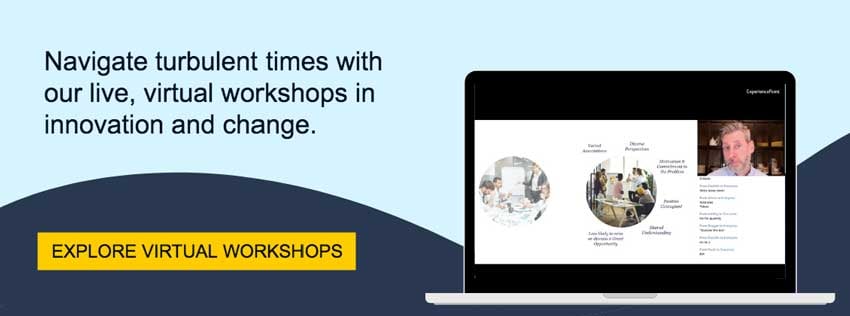Equality and inclusivity are hot button topics these days and increasingly important to your customers. Our last blog post marked the beginning of our new series on Women, non-binary people and human-centered design, and looked at ways that women are frequently overlooked as distinct users in product development, despite representing half the world’s population!
Sometimes these oversights make new tech innovations less functional and desirable for women and non-binary people. Other times, the consequences are more serious. With cars designed around the body of a “Reference Man,” women become nearly 50% more likely to suffer serious injuries in an accident.
Thankfully, more and more companies are starting to recognize the enormous loss of market share—not to mention the ethical failings—that come from seeing the world through male-tinted lenses. In fact, many companies are actively designing for uniquely female and non-binary values and needs. At ExperiencePoint, we’re currently working with two large companies who are developing specific services for women and gender non-conforming customers and working hard to enhance their overall relevance to women.
Let’s look at some industries and companies that are miles ahead when it comes to sex and gender, and reaping the market-share rewards.
FemTECH
The Femtech industry—software, diagnostics, products and services for women’s health—has made a long-overdue recognition of the uniqueness of female biology and innovated accordingly. From fertility monitoring bracelets like the Swiss-owned Ava to wearable breast pumps, such as the American-made Spectra, the industry is booming and becoming increasingly varied in its offerings. Other notable companies include the Canadian Knix, which has pioneered washable, absorbent underwear for women and other menstruating people as an alternative to tampons and sanitary products, and the U.S.-based Real, which provides digital therapy with a focus on women’s issues. Frost & Sullivan estimates that Femtech will be a $50 billion industry by 2025.
Mom-friend Apps
Moms are still more likely to take longer parental leaves than dads. Being off-work with a baby can be both a wonderful and isolating experience, and numerous companies have tried to find ways to alleviate related loneliness and stress. Think Tinder but for harried moms, these new friend-making apps, including Peanut, Mom Life and Hello Mamas, encourage community, socializing and solidarity.
She Should Run
Women-centered design is making strides in the non-profit sector, too. One of the most exciting innovations on the public front is the nonpartisan organization She Should Run, which recognizes how much women are underrepresented politically and aims “to dramatically increase the number of women considering a run for public office.” By examining the barriers women face to elected leadership, this nonprofit tackles gendered challenges through education and collective action.
Video Games
The video game industry hasn’t traditionally been a beacon of feminism, with its male-dominated casts of characters and stereotypical depictions of women. But more and more games are being designed by women for women, and they often explore more nuanced and unconventional themes. Great examples include Before I Forget, by 3-Fold Games, which focuses on love, mortality and memory from the perspective of dementia sufferer and Even the Ocean, by Marina Kitakka, which explores environmental accountability through the eyes of a female protagonist.
Stay tuned for part 3 of our Women, non-binary people and human-centered design series. We’ll discuss some of the complexities around gendered design in an era of increased gender fluidity.
